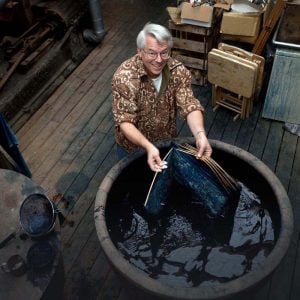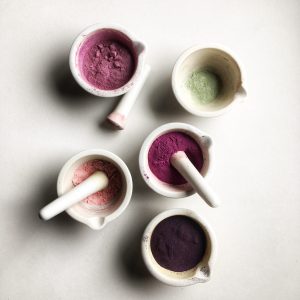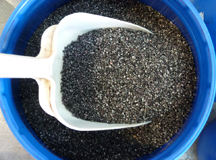This week on FEEDBACK FRIDAY: The science of pH and your indigo vat, painting with indigo flowers and reusing that mordant bath
Mordant Monday: I’m Soy Happy!
In today’s Mordant Monday (excuse the awful pun – I found it online), we check out how to use soy as a binder for natural dyes and pigments. Before the widespread use of acrylic paints and mediums, artists had ingredients from the natural world to use for painting and printing on paper and canvas. They used a wide range of natural binders including tree sap, milk, egg, oils, minerals and other substances that helped pigments stay attached to substrates. In Japan, soybeans are the most common binder for textile work, and it serves as a sizing to add body to … Read more










